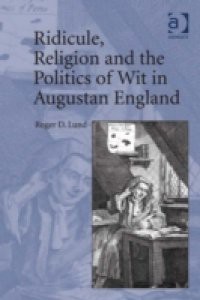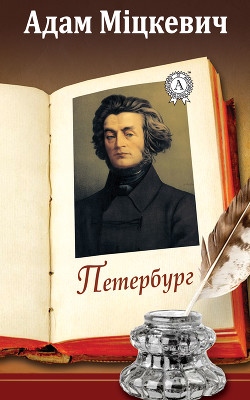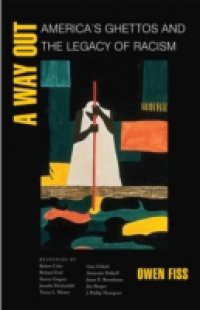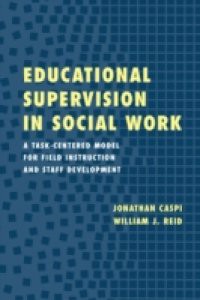Arguing for the importance of wit beyond its use as a literary device, Roger D. Lund outlines the process by which writers in Restoration and eighteenth-century England struggled to define an appropriate role for wit in the public sphere. He traces its unpredictable effects in works of philosophy, religious pamphlets, and legal writing and examines what happens when literary wit is deliberately used to undermine the judgment of individuals and to destabilize established institutions of church and state. Beginning with a discussion of wit's association with deception, Lund suggests that suspicion of wit and the imagination emerges in attacks on the Restoration stage, in the persecution of The Craftsman, and in criticism directed at Thomas Hobbes's Leviathan and works by writers like the Earl of Shaftesbury, Thomas Woolston, and Thomas Paine. Anxieties about wit, Lund shows, were in part responsible for attempts to suppress new communal venues such as coffee houses and clubs and for the Church's condemnation of the seditious pamphlets made possible by the lapse of the Licensing Act in 1695. Finally, the establishment's conviction that wit, ridicule, satire, and innuendo are subversive rhetorical forms is glaringly at play in attempts to use libel trials to translate the fear of wit as a metaphorical transgression of public decorum into an actual violation of the civil code.


















